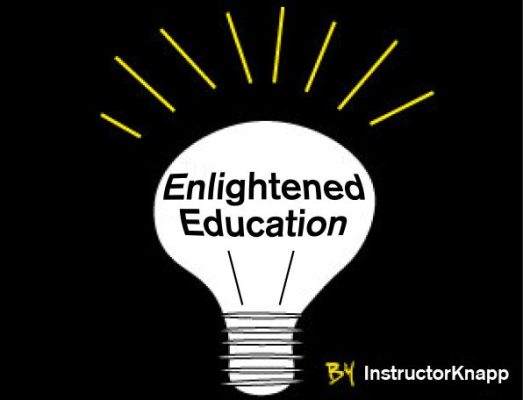
Did you know that nearly 35 million children in the United States have experienced enough adversity to potentially rewire the brain?
Educators play a major role in the recovery from trauma. We can help repair this damage.
It’s not hard work, it’s heart work!

One-Hour Online Training
Bright is a complete trauma-sensitive school upgrade package. All staff and faculty benefit from completing the one-hour online training that explains the neurobiology of learning and teaches self-regulation skills.
Educators need to understand how pervasive adverse childhood experiences are in the United States. Equally important is understanding the neurological changes these events can cause.
These changes are reversible with practice but this requires increased self-awareness and a skill-based approach to teaching self-regulation. When do I need the self-regulate? How do I self-regulate?
New! Bright workbook aligns and reinforces math standards around plotting and graphing biometric data.
Students wear a heart rate monitor and record their heartbeats per minute, then learn self-regulation strategies and gather pre-post measurement data. They are then instructed on how to plot and chart this data and look for patterns. The reflection logs ask them to analyze and reflect on the biofeedback they collected throughout the day and incorporate a practice of self-regulation.
Neuroscience-based lessons provide staff and faculty a quick overview of the essential brain science behind childhood trauma and the importance of self-regulation. The training keeps busy educators in mind and includes abridged expert testimony and Instructor Knapp’s quick explanation of practical, and essential, ways that schools can become trauma-informed.
Bright is short, targeted training designed to teach trauma-sensitive practices and build a schoolwide trauma-informed culture that promotes self-awareness and self-regulation skills through a biofeedback-supported system. Bright can also be used by therapists and behavioral specialists for one-on-one support and guidance.
Bright requires any wearable Bluetooth-connected heart rate monitor. The Bright app stores the user’s baseline (resting) heart rate, compares that resting state to the current heart rate, and indicates reactive states in color to visually display and remind the user that it’s time to practice self-regulation. An array of sensory-based self-regulation videos are included in the app along with a breathing ball to build a regular practice of self-awareness, teach the skill of self-regulation, and help humans learn to manage their stress response systems in a way that promotes health, safety, and well-being.
Using Biofeedback to Teach Self-Regulation
School nurses, counselors, psychologists, and behavioral specialists, including special education, are encouraged to use Bright in one-on-one and small-group settings to establish a regular practice of self-regulation with those who need it the most. Bright curriculum supported by the wearable biofeedback monitor can also be incorporated into STEM courses to increase understanding of our stress response systems. Understanding the neurobiology of stress can help the broader school ecosystem create internal support structures inside schools, such as ‘Bright Spaces,’ emotional safety spaces where students are encouraged to take brain breaks and or practice self-regulation. Bright supports healthy relationships, happy spaces, and calm hearts and minds. Be Bright!
Here is my How-To Use Bright Staff Training Manual:
Resources
Read This Article and Discuss in Groups
More Research and Commentary from Chan Zuckerberg Initiative via EdSurge
Bright Aligns with Safe Supportive Learning Environment’s trauma-informed framework.
For more extensive training, visit this trauma-informed online training series. California’s Free Trauma-Informed Online Professional Development training.
Here is a free mental wellness series by Everfi that could support implementation of Bright: Click Here.
For a complete mental wellness series, I recommend: Mental Wellness resource for 8-12 grade curriculum by EverFi.


